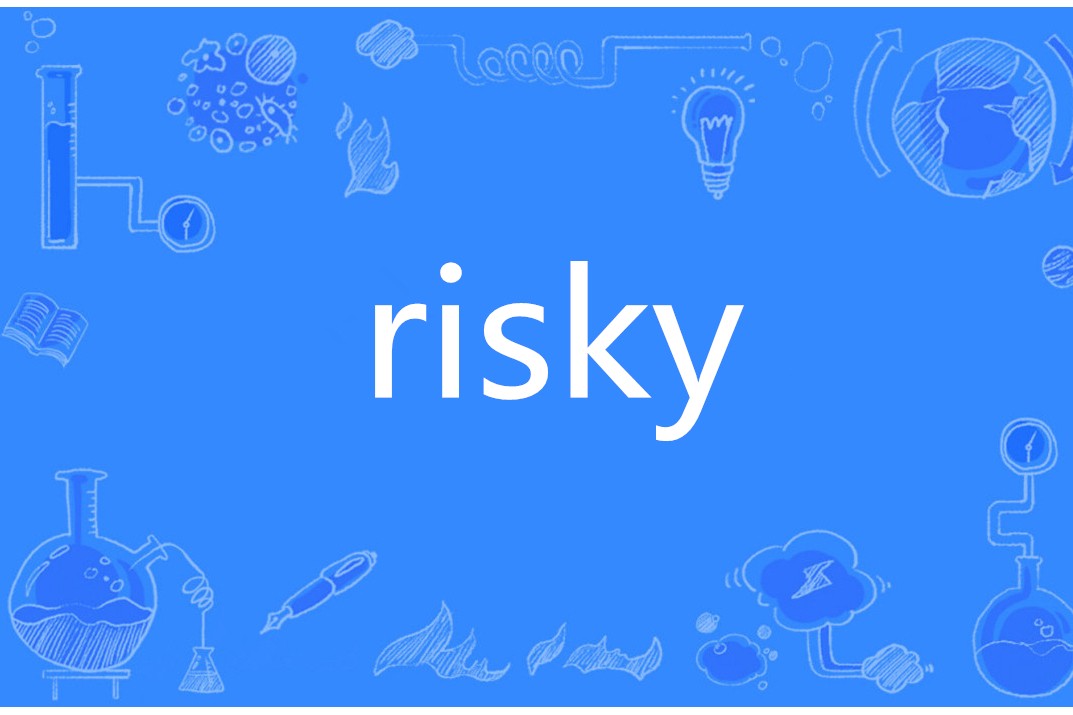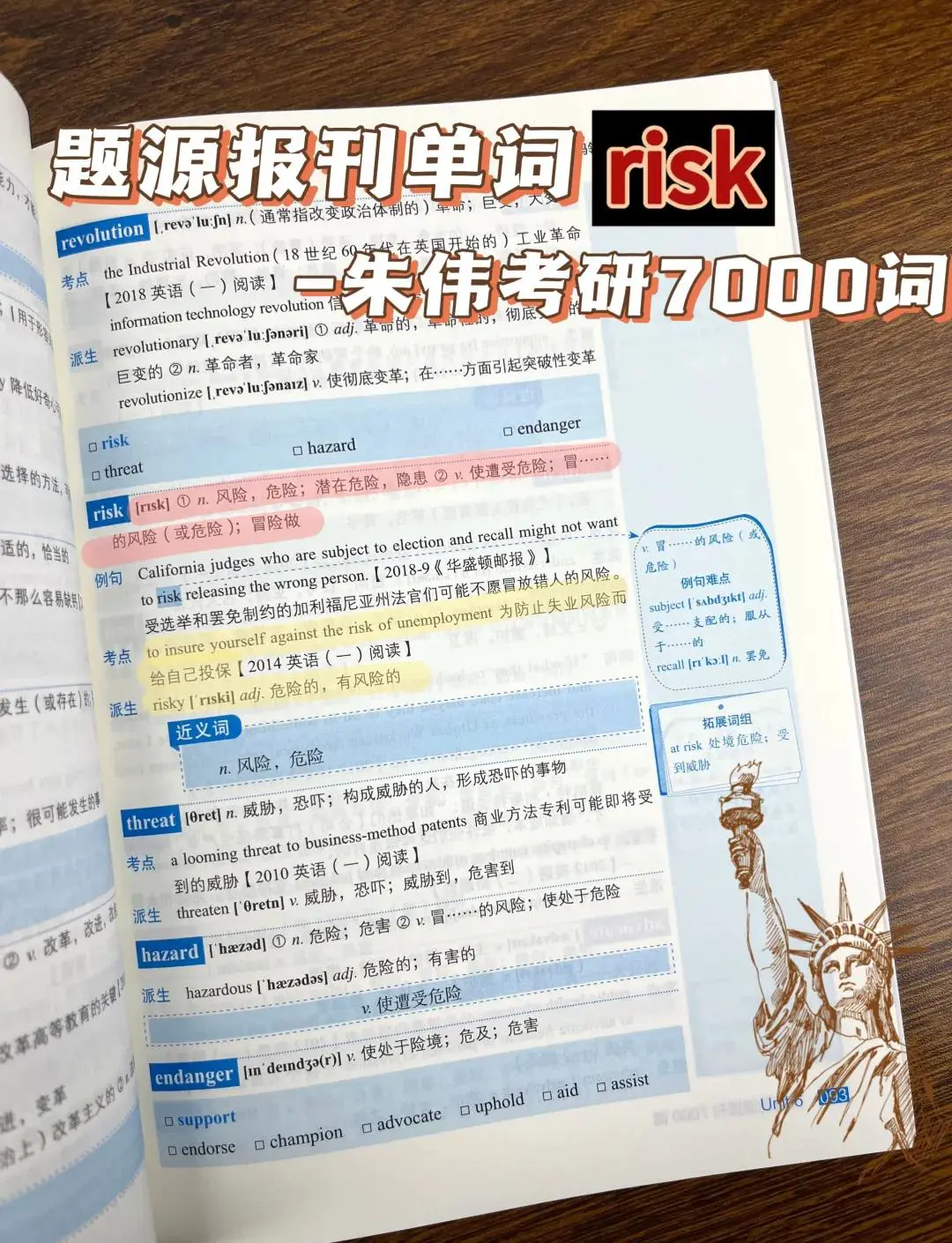===========================
Swaps are among the most widely used derivatives in global finance, enabling institutions, corporates, and traders to manage exposures to interest rates, currencies, and credit risks. However, swaps come with their own set of challenges, from counterparty default to liquidity risks. This article provides a comprehensive guide on how to mitigate swaps risks, with strategies supported by industry best practices, personal insights, and the latest market trends.
Understanding Swaps Risks
Before diving into mitigation techniques, it’s critical to understand the risks inherent in swaps contracts.
Counterparty Risk
This refers to the possibility that the other party in the swap defaults, failing to honor their contractual obligations.
Market Risk
Swaps are sensitive to fluctuations in interest rates, credit spreads, or currency exchange rates. These movements may result in unexpected losses.
Liquidity Risk
If a swap contract needs to be unwound or restructured, low market liquidity can increase transaction costs.
Legal and Documentation Risk
Inadequate contracts, unclear terms, or differing interpretations can expose parties to disputes.
Operational Risk
Errors in settlement, collateral management, or mispricing of swaps can lead to financial and reputational damages.
Key Strategies to Mitigate Swaps Risks
1. Central Clearing Through Clearinghouses
Clearinghouses act as intermediaries between swap counterparties, guaranteeing payments and reducing credit exposure.
- Pros: Enhances transparency, reduces systemic risk, ensures collateralization.
- Cons: Imposes margin requirements, increasing capital costs for participants.
2. Bilateral Collateral Agreements
For swaps not cleared through central counterparties, Credit Support Annexes (CSAs) in ISDA agreements help manage counterparty risk.
- Pros: Reduces credit risk by requiring collateral.
- Cons: Requires active collateral management, which can strain liquidity.
3. Netting Agreements
Through netting, counterparties offset obligations, reducing gross exposures to net values.
- Pros: Minimizes exposure, simplifies settlements.
- Cons: Depends on strong legal enforceability across jurisdictions.
4. Dynamic Hedging Strategies
Institutions use swaps alongside futures, options, and forwards to dynamically adjust exposures. For example, an interest rate swap might be paired with futures contracts to fine-tune sensitivity to rate changes.
- Pros: Flexible and responsive to market conditions.
- Cons: Requires sophisticated risk systems and frequent adjustments.
Comparing Strategies
| Mitigation Method | Strengths | Weaknesses | Best Use Case |
|---|---|---|---|
| Central Clearing | Eliminates counterparty risk, ensures margin | Increases costs, not all swaps are cleared | Standardized swaps |
| Bilateral Collateral CSA | Flexible, reduces credit exposure | Requires liquidity, ongoing operations | Customized OTC swaps |
| Netting Agreements | Lowers exposure, operational efficiency | Needs enforceable contracts | Multiple swap relationships |
| Dynamic Hedging | Adaptable, risk-sensitive | Complex, requires tech infrastructure | Active trading desks |
👉 From experience, combining collateralized agreements with dynamic hedging often provides the most effective balance of safety and flexibility, especially for institutions managing multi-asset portfolios.

The Role of Technology in Mitigating Swaps Risks
Modern risk management platforms and swaps data analysis tools are essential for mitigating swaps risks. Advanced systems track exposure in real-time, simulate stress scenarios, and integrate with collateral management modules.
For quantitative professionals, integrating swaps into algorithmic models provides an extra layer of resilience. This is why many traders now explore swaps application in algorithmic trading to automate hedging processes.
Framework for identifying and mitigating key swaps risks across institutions.
Case Study: Corporate Use of Swaps
A multinational corporation with significant exposure to USD/EUR fluctuations entered a currency swap to lock exchange rates. However, during the European debt crisis, counterparty risk became elevated. By restructuring the swap through a central clearinghouse and requiring daily collateral postings, the corporation significantly reduced default exposure.
This illustrates how corporate use of swaps in trading requires proactive monitoring and flexibility in restructuring agreements.
Evaluating Risk Mitigation Effectiveness
To measure success in mitigating swaps risks, traders and institutions often track:
- Credit Valuation Adjustment (CVA): Quantifies counterparty risk.
- Liquidity Coverage Ratios: Ensures firms can meet collateral requirements.
- Stress Testing: Simulating adverse scenarios such as interest rate shocks.
- Capital Allocation Efficiency: Balancing hedging costs with profitability.
👉 For newcomers, learning what are the risks of swaps through structured courses or guides is the foundation before implementing mitigation frameworks.

Latest Trends in Swaps Risk Management
- RegTech Solutions: Regulatory technology automates compliance for swap contracts.
- ESG-linked Swaps: New instruments tie financial performance to environmental and social goals, creating unique risk factors.
- Machine Learning Models: Predictive analytics now forecast potential counterparty defaults using real-time financial and macroeconomic data.
- Blockchain Integration: Distributed ledger technology is being explored to increase transparency in swaps settlement.
Key innovations shaping the future of swaps risk management.
Practical Recommendations
- Start with education: Attend workshops or structured programs on swaps risk.
- Use layered protection: Combine collateral management, netting, and clearing mechanisms.
- Leverage technology: Implement risk dashboards and algorithmic monitoring.
- Regularly stress-test portfolios to prepare for extreme market scenarios.
- Maintain legal rigor: Ensure contracts are enforceable and consistent across jurisdictions.
FAQ on Mitigating Swaps Risks
1. Can swaps risks ever be eliminated completely?
No. Risks can only be managed and mitigated, not eliminated. Even with central clearing and collateral agreements, market risks and systemic shocks remain.
2. Are swaps riskier than options or futures?
Swaps are often more complex and less liquid than standardized derivatives like futures. However, swaps can be tailored, making them powerful tools when managed properly. Understanding how swaps differ from options is essential for comparing risk profiles.
3. What tools are most effective for monitoring swaps risk?
Effective tools include real-time exposure dashboards, CVA models, collateral management systems, and scenario analysis platforms. Institutions increasingly rely on integrated fintech solutions for holistic oversight.

Conclusion: Why Risk Mitigation Defines Swaps Success
Swaps remain a cornerstone of modern finance, but their risks cannot be ignored. Whether you are a corporate treasurer, hedge fund manager, or retail professional venturing into derivatives, understanding how to mitigate swaps risks is critical.
By applying strategies like central clearing, collateral agreements, and dynamic hedging—supported by technology and rigorous legal frameworks—traders and institutions can navigate volatility with confidence.
If this guide added value, share it with your peers, leave a comment with your risk management experiences, and encourage others to explore structured ways to protect their portfolios when using swaps.
Would you like me to also design a visual step-by-step swaps risk mitigation checklist (like an infographic) that traders can quickly apply in practice?

0 Comments
Leave a Comment